In the first week of July, the military conflict between Russia and Ukraine is showing signs of heating up after a period of rest and rotation of the Russian Armed Forces (RFAF). Both the frontline and the rear of Ukraine are shaken by the RFAF's attacks.
The Ukrainian Armed Forces (AFU) combat report said that on the night of July 2, the RFAF used 11 missiles, including Kinzhal hypersonic missiles and Iskander-M tactical ballistic missiles, along with 539 long-range suicide UAVs of various types, to participate in the raid on Kiev.
Although the AFU air defense claimed to have shot down most of the UAVs and two Iskander missiles, after the raid, numerous fires broke out across Kiev’s right bank and thick smoke spread across almost half of the city. The air quality in all of Kiev only began to improve in the afternoon.
In addition to Kiev, cities such as Krivoy Rog were also hit by airstrikes. Moreover, the RFAF used UMPK guided glide bombs for the first time, hitting a target about 70 km from the front line at Krivoy Rog. This shows that the RFAF is well aware that Ukraine's air defense system is already very weak and that RFAF fighters can attack with confidence.
Apparently, as the RFAF launched its fourth summer offensive on the Ukrainian battlefield, large-scale airstrikes on major cities like Kiev had essentially become “routine.” In the context of the Israeli military bombing the Gaza Strip and the US military bombing Iran, the RFAF bombing of civilian facilities in Kiev was also gradually considered “normal” by the international community.
On the front line, we can also see the RFAF continuing to expand the Kharkiv border security zone. On July 4, the RFAF continued to expand its positions in the Mirvoye area on the Kharkiv border. While advancing westward, they captured a large forest area west of Mirvoye.
Currently, the RFAF's control zone here is about 30 square kilometers. Since this control zone is just over 40 kilometers away from the RFAF's security zone in the Volchansk region, it can be inferred that the recent task of the RFAF Northern Group is to establish a larger security zone in the Kharkov border area.
In May 2024, in order to prevent AFU artillery and UAV attacks on Russia's border areas in the Belgorod region, Russian Defense Minister Belousov, who had just taken office, resolutely launched a cross-border offensive operation on Kharkov.
In the Lipzensk region and the Volchansk region, a security zone of about 200 square kilometers has been established. And now the Russian city of Belgorod is no longer under Ukrainian shelling.
In March this year, after pushing the AFU out of the Kursk region, the RFAF took advantage of the situation to enter Ukraine's Sumy Oblast and has now established a security zone of about 208 square kilometers. However, since the border between northern Ukraine and Russia is more than 1,200 kilometers long, the AFU continues to look for opportunities to enter Russian territory; but all have been unsuccessful.
The next point of interest is that the RFAF is advancing into the eastern suburbs of Kostiantynivka. On July 4, the Russian Ministry of Defense announced that the RFAF Vostok Group had captured the village of Predtechyne in the eastern suburbs of Konstantinovka. The village is less than 4 km from the southeastern urban area of Konstantinovka, and there are no villages or towns between the two, just a patch of forest land for the AFU to defend.
In addition, the village of Predtechyne lies just south of Chasov Yar, just one village away from Chasov Yar, Stupochky, but this village has been occupied by the RFAF Southern Group since June 16. Therefore, the capture of Predtechyne by Russian forces also means that the Ukrainian forces defending Chasov Yar have been surrounded from the south.
As it can be seen, the RFAF is advancing towards the city of Konstantinovka from three directions: west, south and east. If Chasov Yar is completely controlled by the Russians, they can attack Konstantinovka from the north and eventually encircle the city from all sides.
Finally, the RFAF continued to advance into Dnipropetrovsk Oblast, President Zelensky’s hometown. During the first week of July, the Russian troops continued to split into several routes and advance toward Dnipropetrovsk. The most obvious result was that they gained control on both banks of the Shiyal River in the extreme south: relying on the newly captured village of Zirka, the Russian troops broke through to the village of Tolstoy in the west and the village of Badubonoy in the southwest.
The RFAF Vostok Group was now less than ten kilometers from the town of Novopavlovka, the center of Dnipropetrovsk’s outermost defense line in the north. However, they were in no hurry to attack the town of Novopavlovka in the north. Instead, they turned around and attacked south to support the Russians attacking north from Shevchenko. It was clear that the RFAF intended to flatten the front line and reinforce the depth of their northern offensive position.
Also on July 1, on the Zaporizhia front, two Russian Iskander-M tactical ballistic missiles hit the command post of the 110th Mechanized Brigade of the AFU in the town of Gulya-Polye, destroying almost the entire command post of the 110th Brigade, with a total of more than 70 casualties.
Moreover, the tragedy occurred because the relevant information about the 110th Brigade headquarters meeting was leaked via internal messaging software. After that, the AFU General Staff issued an order prohibiting its units from using messaging software. (photo source Military Review, Sina, Ukrinform, TASS).
Source: https://khoahocdoisong.vn/nga-dieu-chinh-luc-luong-tren-chien-truong-phong-tuyen-ukraine-chao-dao-post1553343.html


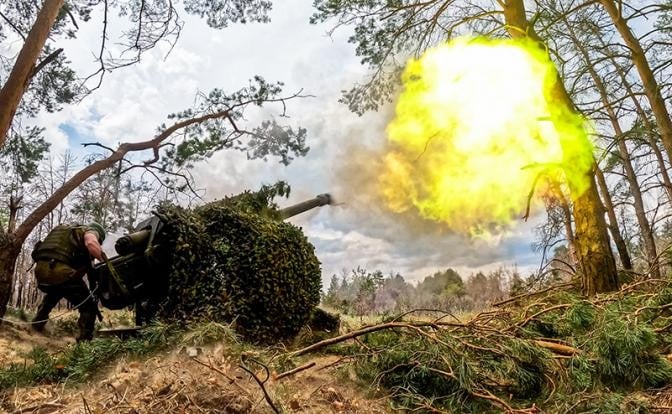
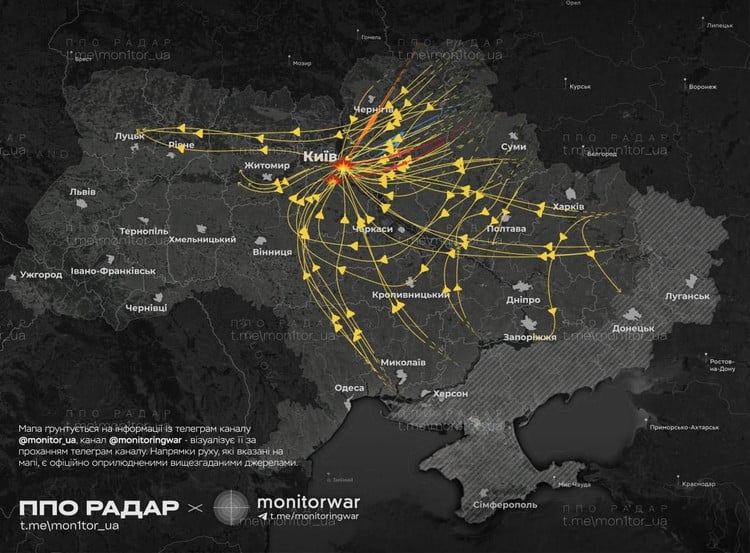
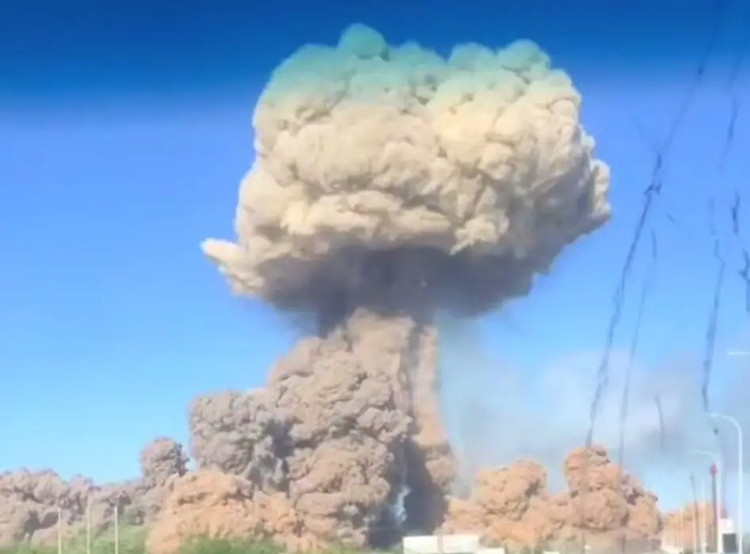
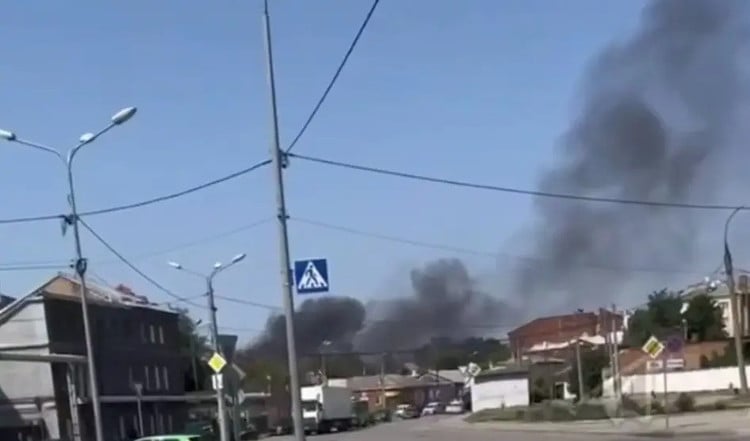
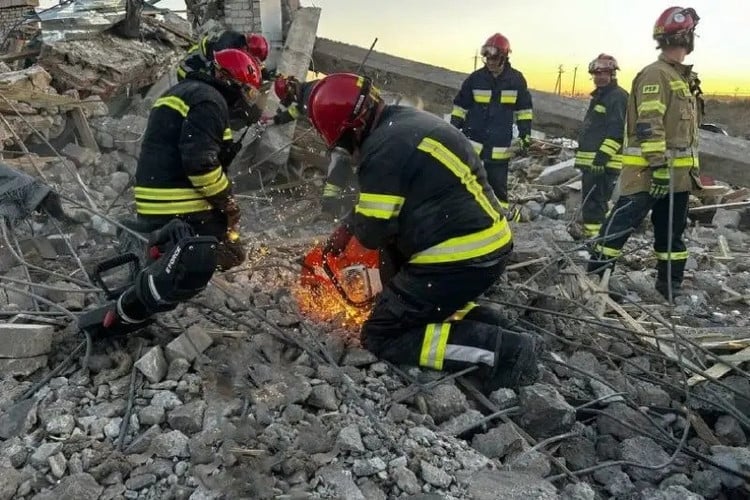
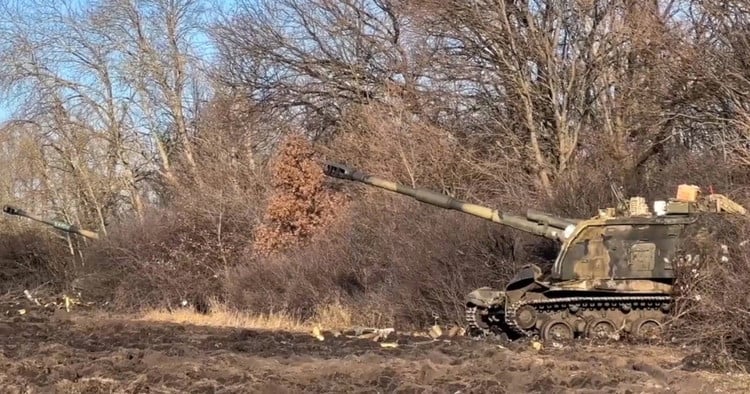
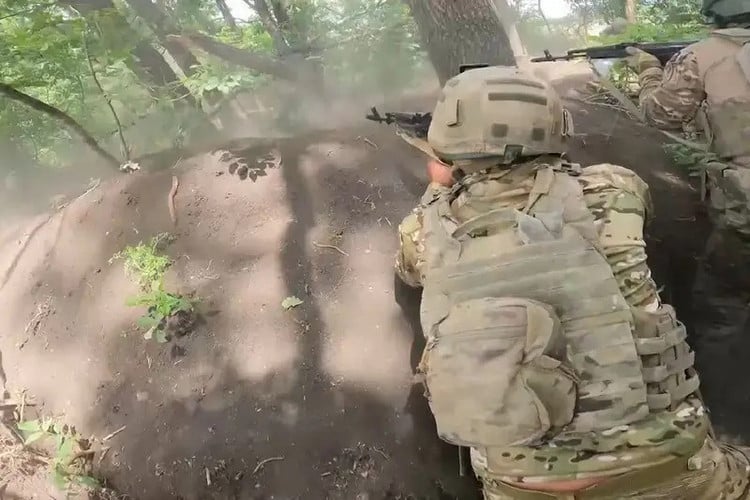
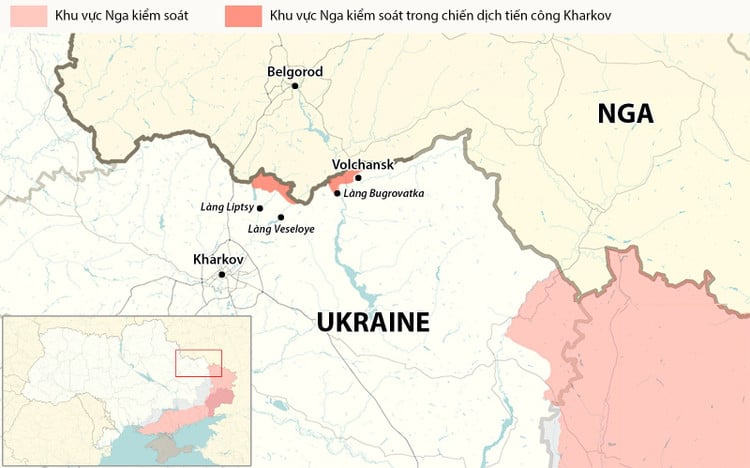
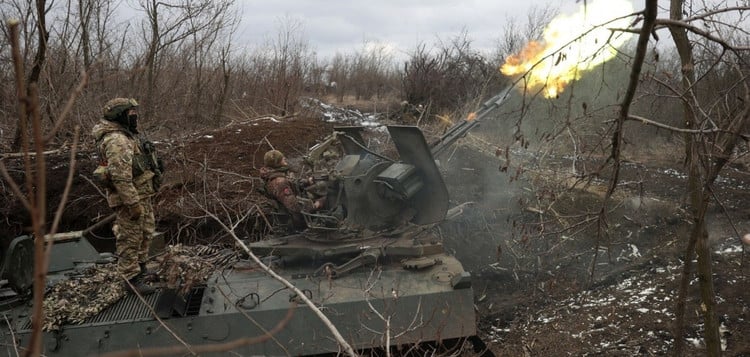

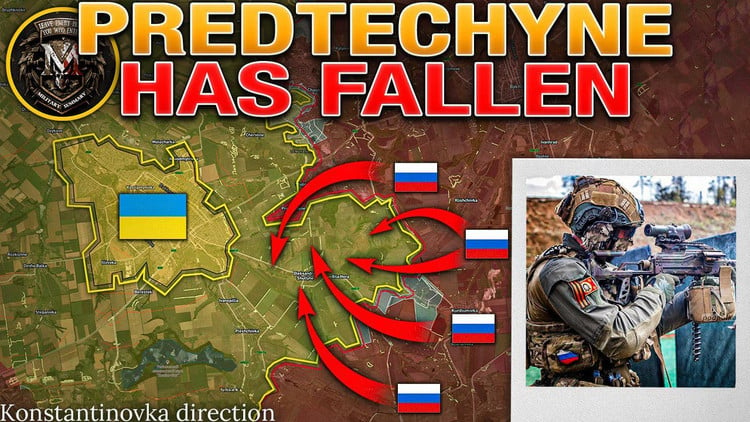
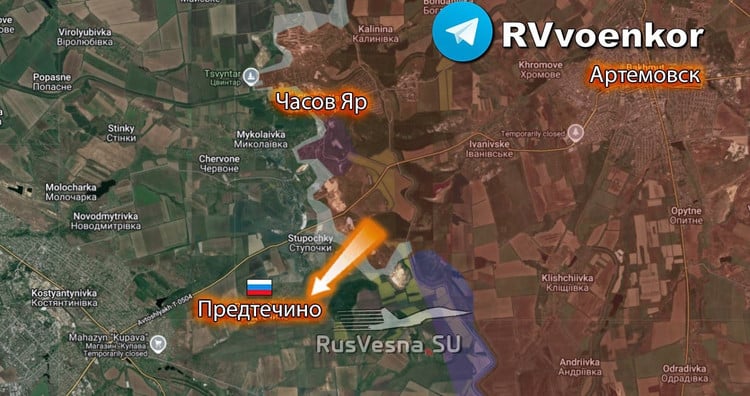
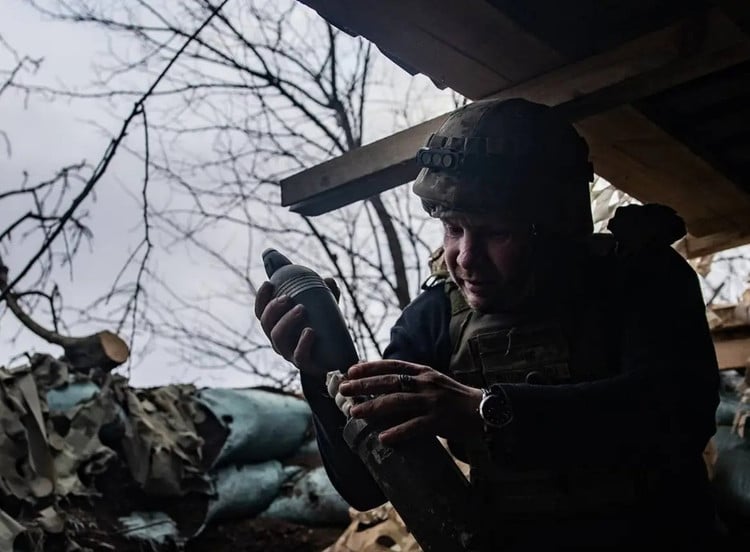
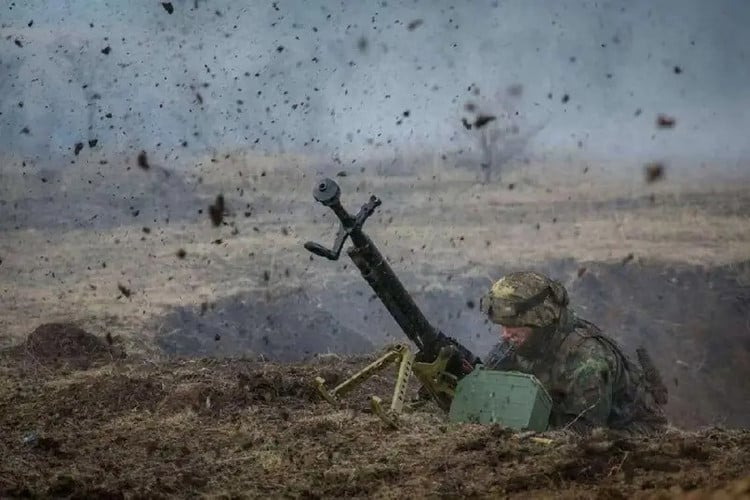
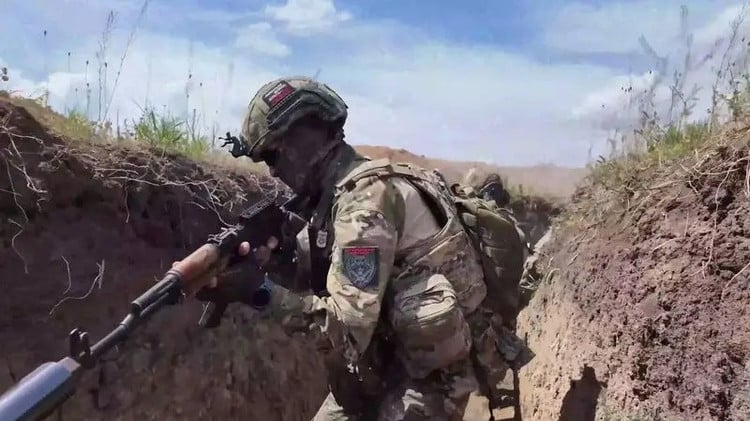
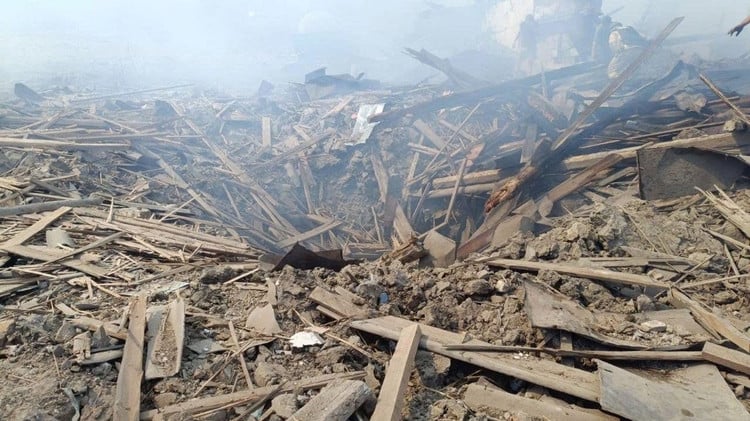
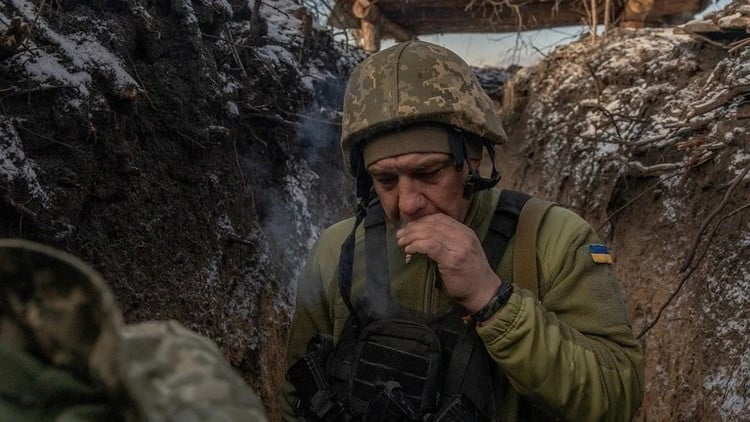









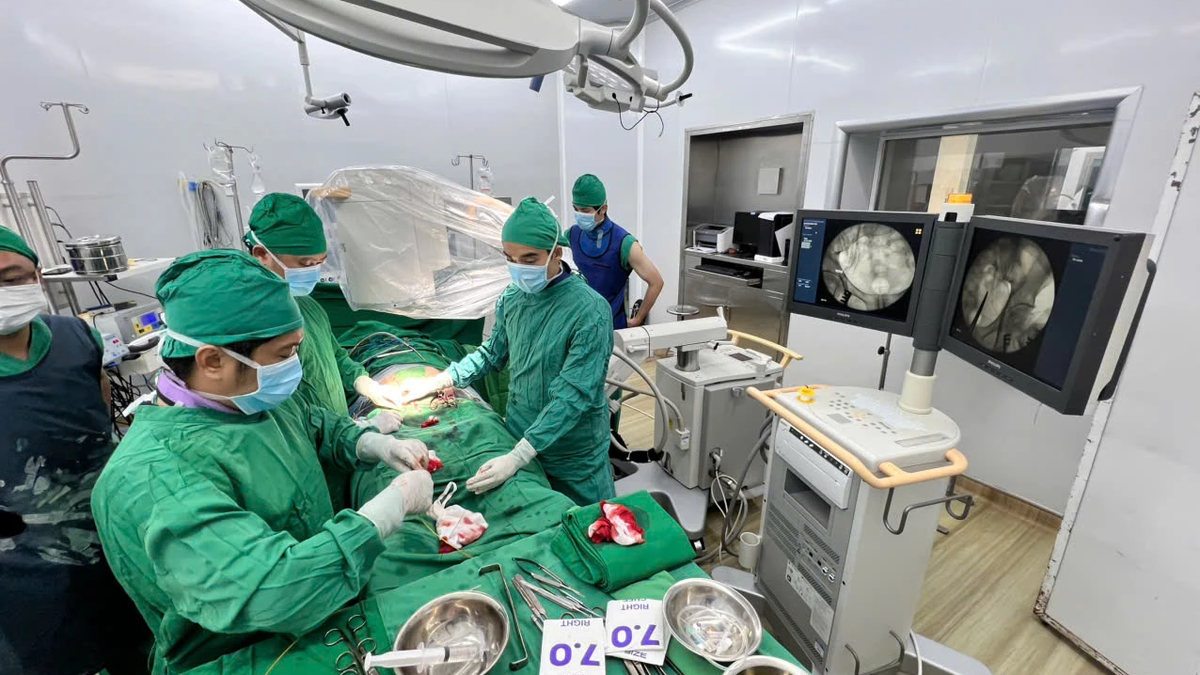
























































































Comment (0)